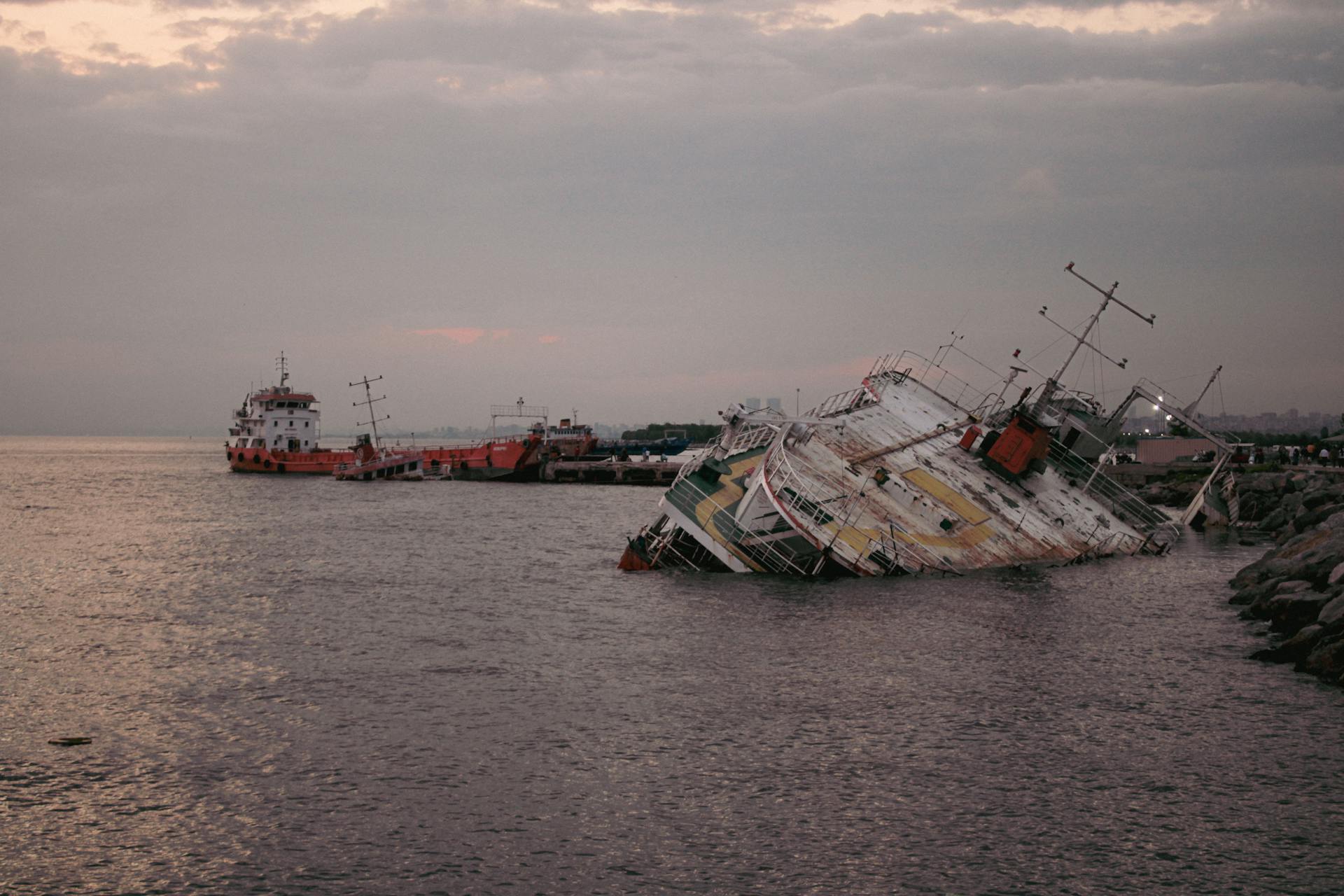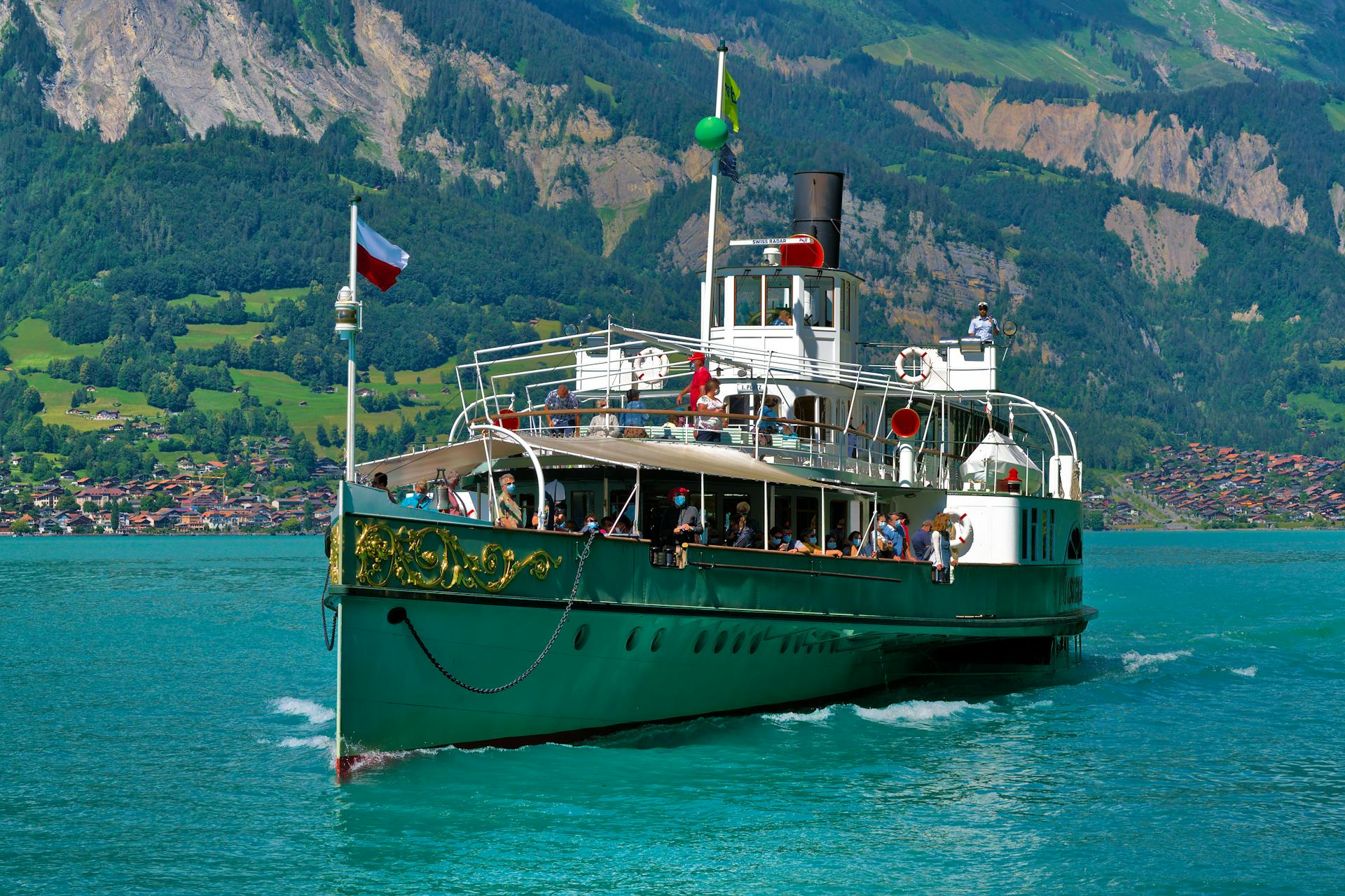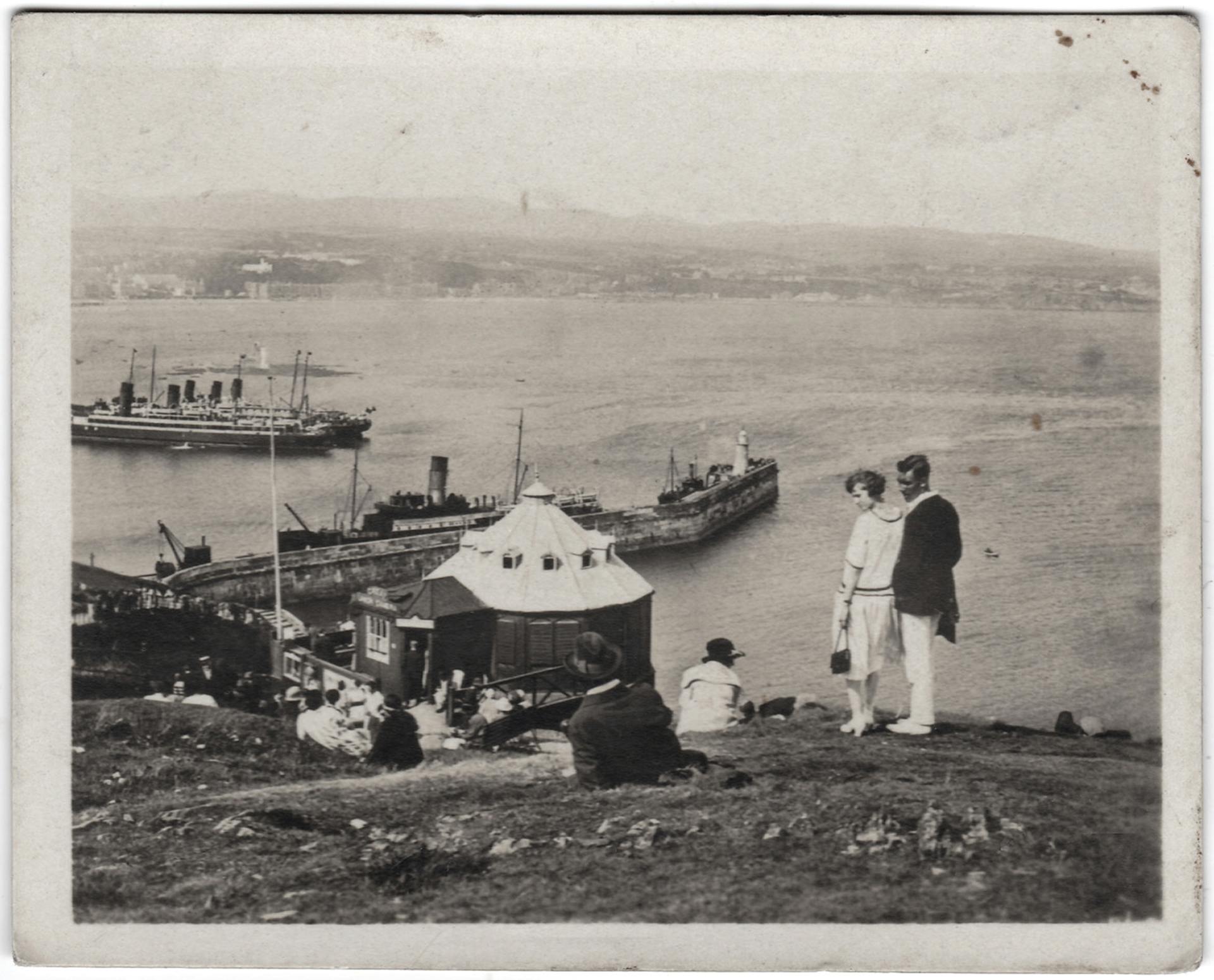
The RMS Britannic and Titanic may have been sisters, but they had some key differences in design. The Britannic was slightly larger and had a higher gross tonnage than the Titanic.
One notable difference was the Britannic's double-bottom hull, which was designed to improve stability and prevent flooding in the event of a collision. This feature was not included in the Titanic's design.
The Britannic also had a more efficient watertight subdivision system, with 16 compartments that could supposedly keep the ship afloat even if four were flooded. In contrast, the Titanic had 16 compartments as well, but they were not designed to be as watertight.
These design differences were meant to make the Britannic a safer ship, but unfortunately, it still met its demise after striking a mine in the Aegean Sea.
Introduction to Sister Ships
The RMS Britannic and her sister ship, the RMS Titanic, are two of the most iconic ships in history. The Britannic was the third and final member of the Olympic class trio.
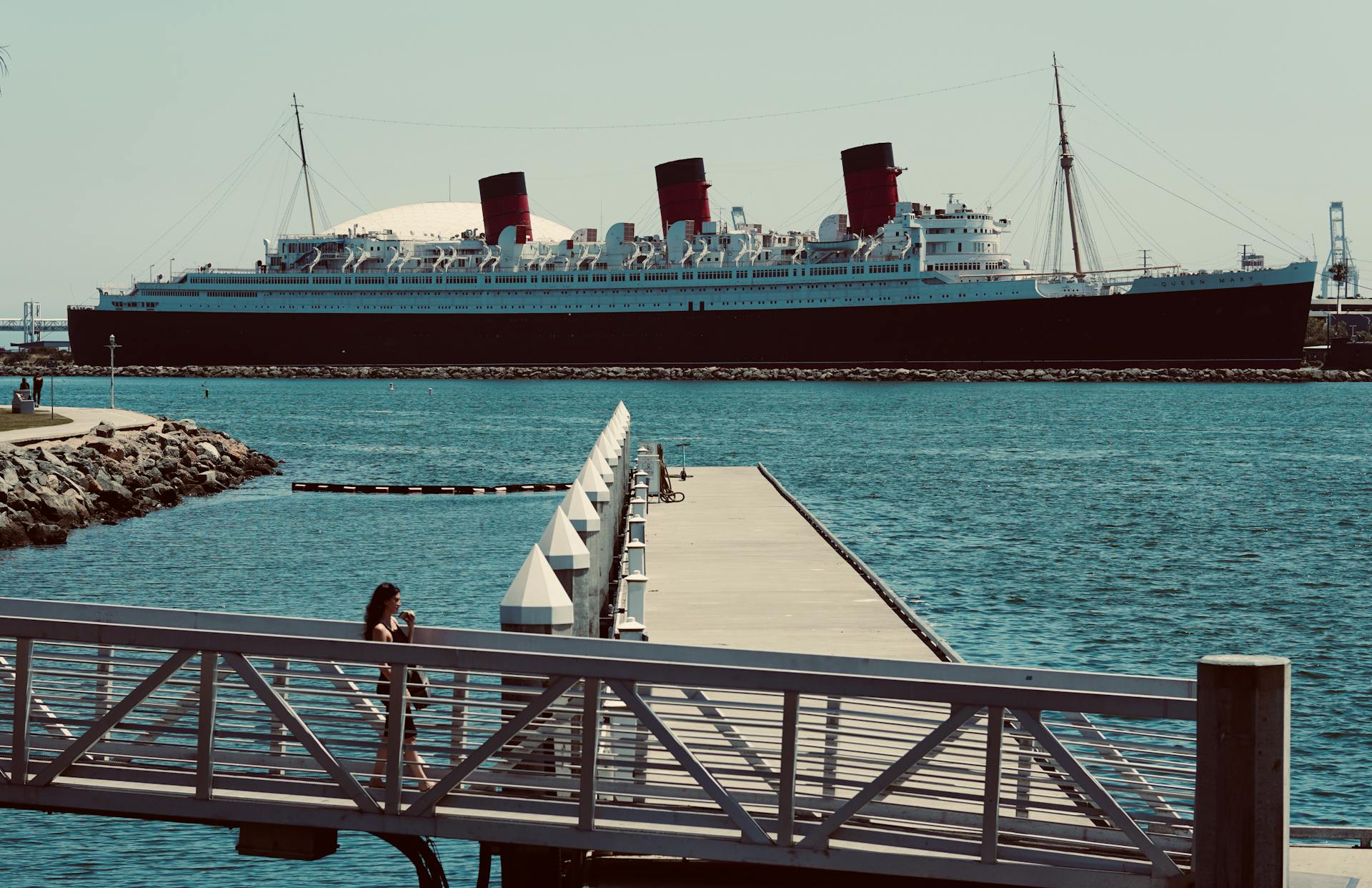
The Britannic and Titanic had distinct differences in size, design, and service. The Britannic was slightly larger than the other two, with a gross tonnage of 48,158 tons, while the Titanic was 46,328 tons.
The Titanic and Britannic had impressive careers, but their paths were marked by tragedy. The Titanic sank on its maiden voyage, resulting in the loss of 1498 lives.
RMS Titanic and Her Sister Ships
The RMS Titanic and her sister ships, RMS Olympic and HMHS Britannic, are an interesting trio of ocean liners. The Titanic was the largest ship in the world when it was completed in 1912.
The Olympic class ships were known for their size and luxury features. RMS Olympic was the lead ship of the class, with a career spanning 24 years from 1911 to 1935.
The Titanic sank during its maiden voyage on April 15th, 1912, after striking an iceberg on the 14th. This tragic event resulted in the loss of 1498 lives.
RMS Britannic, on the other hand, never served as an ocean liner and never carried a paying passenger. Its safety features were redesigned after the Titanic's loss, including improved watertight bulkheads and huge gantry davits to launch lifeboats.
The Britannic was requisitioned by the British Admiralty in 1915 to become a Hospital Ship, and it tragically sank on November 21st, 1916, after striking an underwater mine. This loss of life was a significant blow to the White Star Line.
The Olympic continued to serve as an ocean liner throughout the 1920s and into the first half of the 1930s, before being decommissioned and scrapped in 1935.
The Tale of Britannic
Britannic was the third and last ship of the Olympic class of steamships belonging to the White Star Line. She was the youngest sister of Titanic and Olympic.
Britannic was to enter her career as a trans-Atlantic passenger liner, but her fate was sealed when the Titanic sank in 1912. Construction on Britannic was already underway, and her safety features were redesigned in response to the tragedy.
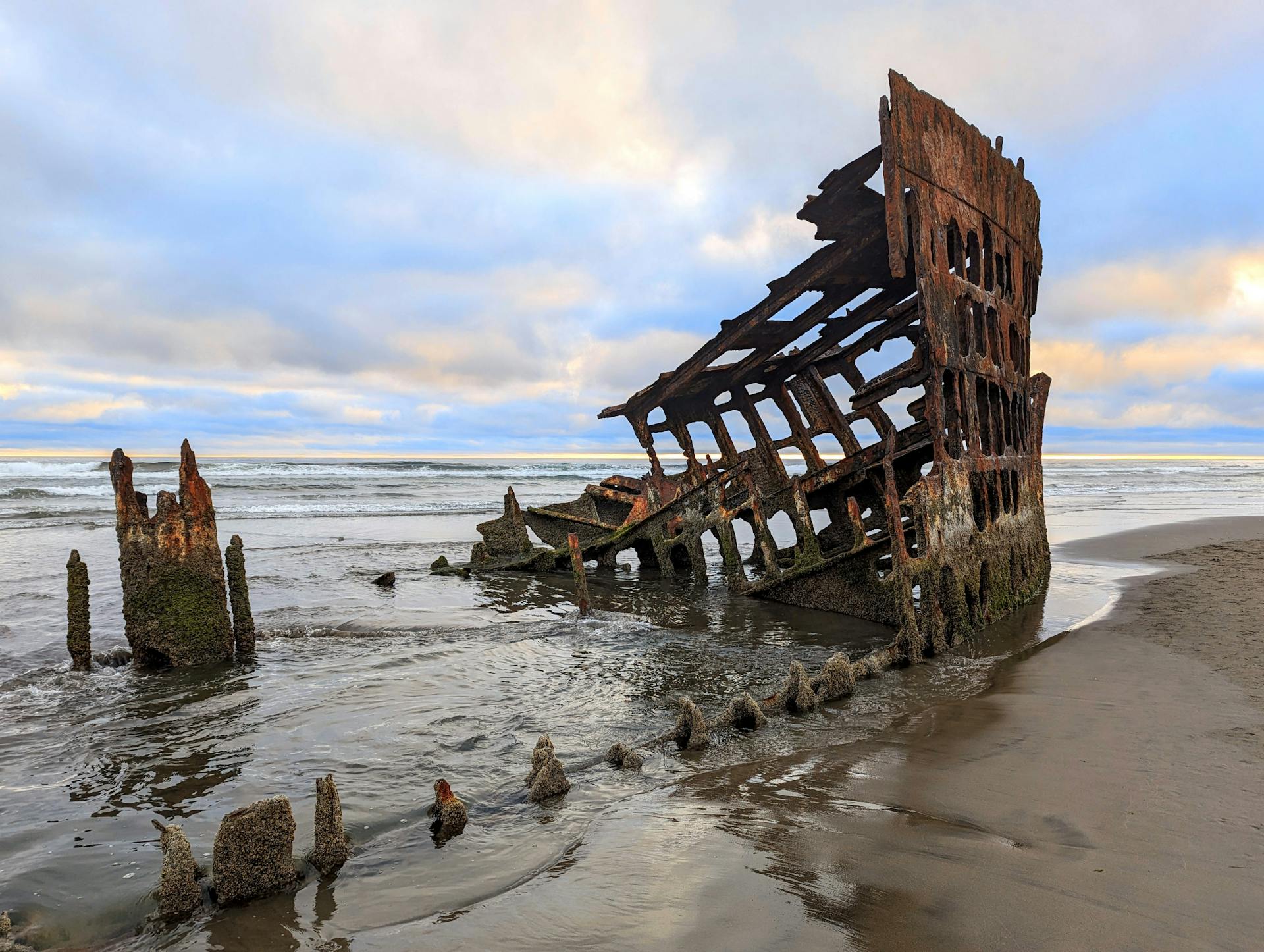
Britannic's improved watertight bulkheads, double hull, and lifeboats made her one of the safest ships of her time. She was requisitioned by the British Admiralty in 1915 to become a Hospital Ship, a role she played until her tragic sinking in 1916.
Britannic struck an underwater mine near the island of Kea and sank in 55 minutes, resulting in the loss of 30 lives. She was the largest ship to sink during World War I and remains the largest shipwreck in the world today.
Sinking of the Britannic
The Britannic's sinking was a tragic event that occurred on 21 November 1916, after hitting a mine in the Kea Channel.
The ship, which was on its sixth voyage to the Mediterranean Sea, was carrying 1066 people, including crew and passengers.
The explosion damaged 6 watertight compartments and flooded the ship through the open portholes, making it impossible for the captain to beach the ship on the shores of Kea Island.
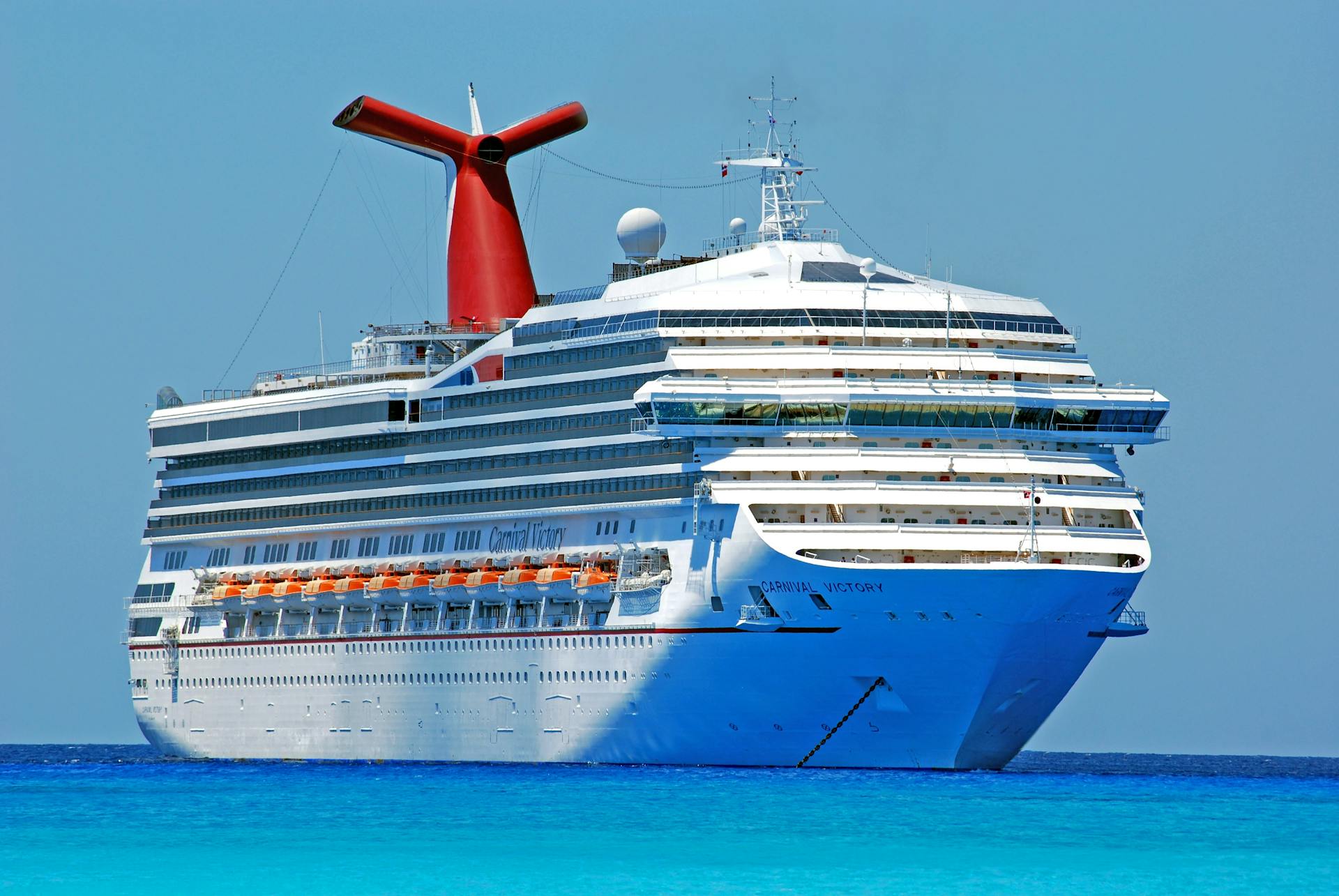
The water temperature was higher than that of the Titanic, which made the rescue efforts slightly easier, and more lifeboats were available, contributing to the relatively low death toll.
Of the 1066 people on board, 1036 survived the disaster, while 30 lost their lives.
The Britannic's wreck was discovered on 3 December 1975, and it remains the world's biggest intact shipwreck, lying 400 feet or 120 m deep in the Aegean Sea.
Comparison and Differences
The Titanic and Britannic may seem like identical ships, but they have some key differences. Britannic was actually a bit larger than both the Titanic and Olympic, with a gross tonnage of 48,158 tons.
One notable difference between the Titanic and Olympic is the design improvements made on the Titanic. The Titanic had an enclosed promenade on Deck A and additional lifeboats, which gave it a slight edge over its sister ship.
Britannic and Olympic also had different careers, with Britannic serving as a hospital ship at the time of its sinking. This was a stark contrast to the Titanic, which was on its maiden voyage when it sank.
Differences Between Sister Ships
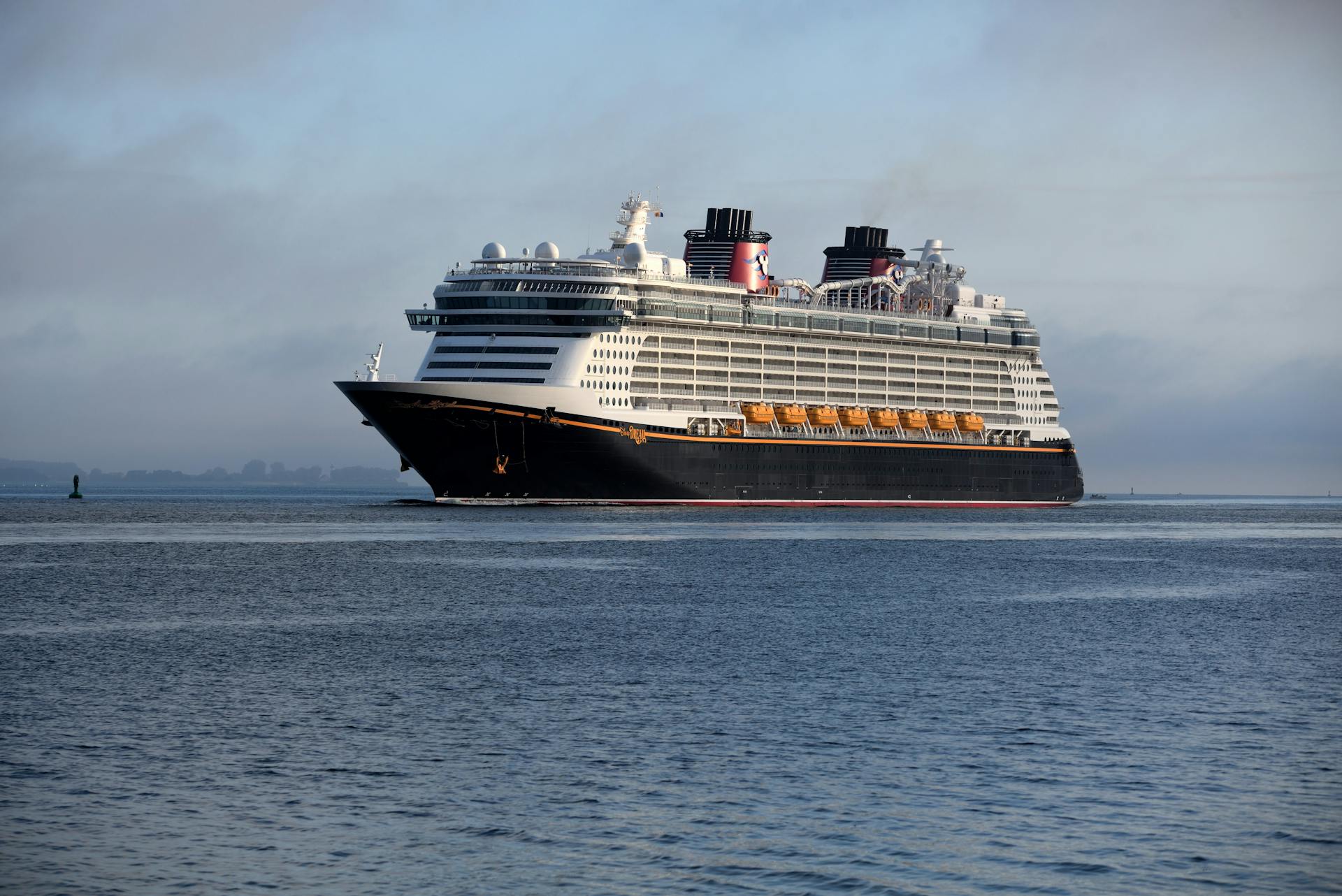
The Olympic class liners, which consisted of the Titanic, Olympic, and Britannic, had some notable differences.
The Britannic was the largest of the three ships, with a gross tonnage of 48,158 tons, compared to the Titanic's 46,328 tons and the Olympic's 45,324 tons.
The Titanic had a few minor improvements in design over the Olympic, including an enclosed promenade on Deck A and additional lifeboats.
The Olympic underwent significant modifications after the Titanic's sinking, including the addition of a double hull and more lifeboats.
The Britannic never served as a passenger liner, instead being converted into a hospital ship during World War I.
The Titanic sank on its maiden voyage, while the Olympic had a career that lasted 24 years, from 1911 to 1935.
The Britannic was the largest ship to sink during World War I and is now the largest shipwreck in the world.
The Olympic class liners were designed with safety features in mind, including improved watertight bulkheads and huge gantry davits to launch lifeboats.
The Titanic's sinking led to a redesign of the Britannic's safety features, which included a double hull around the boiler rooms and engine rooms.
Safest Olympic Liner
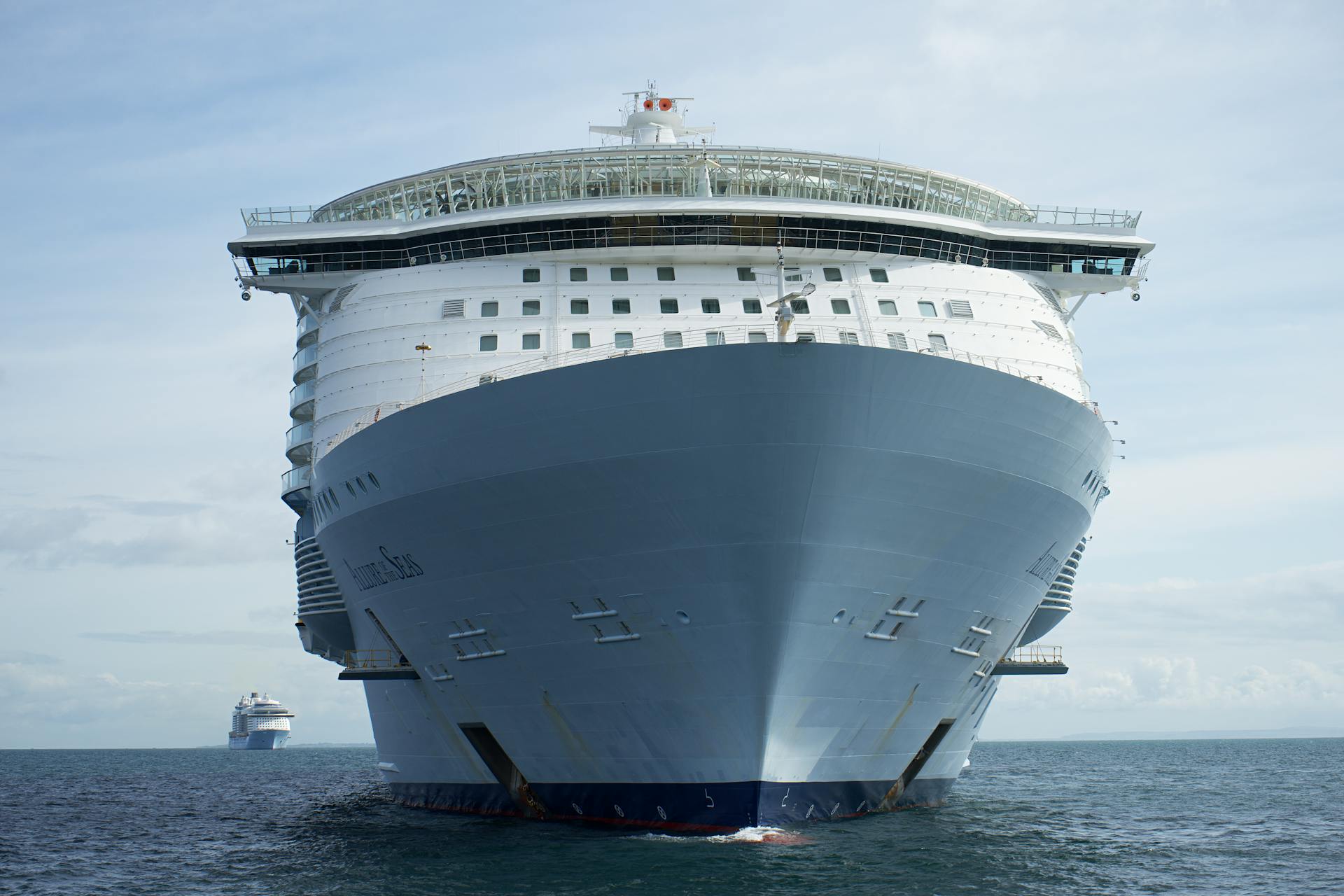
The Olympic liner was designed with safety in mind, especially after the Titanic's sinking in 1912. It was launched before WWI began.
She was built with additional lifeboats, a major upgrade from the standard at the time. This was a crucial change, considering what happened to the Titanic.
Higher watertight compartments were also a feature of the Olympic liner, providing extra protection in case of an emergency. This design choice likely saved lives in the long run.
A double hull was another safety feature incorporated into the Olympic liner's design, offering an extra layer of protection against water damage. This feature was a significant improvement over the single hull design used in many ships at the time.
Casualty of War
The RMS Britannic was a casualty of war, sunk by a mine in the Aegean Sea in 1916.
The Britannic was on a mission to transport wounded soldiers from the battlefields of Greece to the port city of Pireaus.
It was a massive ship, measuring over 882 feet in length and 92 feet in width.
The Britannic was carrying over 1,000 passengers and crew members when it struck the mine.
The ship sank in just 55 minutes, resulting in the loss of 30 lives.
The Britannic's sinking was a tragic event, but it didn't receive the same level of attention as the Titanic's sinking two years earlier.
The Britannic's sinking was largely overshadowed by the war efforts and the ongoing battles in the region.
The ship's sinking was a significant loss, but it also marked the end of the Britannic's service as a hospital ship.
Frequently Asked Questions
What does the M stand for in RMS Titanic?
The "M" in RMS Titanic stands for Mail, indicating the ship's role in carrying mail across the seas. This historic designation dates back to a time when RMS stood for Royal Mail Steamer.
Sources
- https://ultimatetitanic.com/rms-olympic-britannic/
- https://www.brick.ie/forum/4457/rms-titanic-and-her-sister-ships-rms-olympic-and-hmhs-britannic
- https://titanicconnections.com/sinking-of-the-hmhs-britannic/
- https://www.marineinsight.com/know-more/titanics-sister-ships-what-do-you-know-about-them/
- https://www.ssusc.org/ss-united-states-vs-rms-titanic
Featured Images: pexels.com
